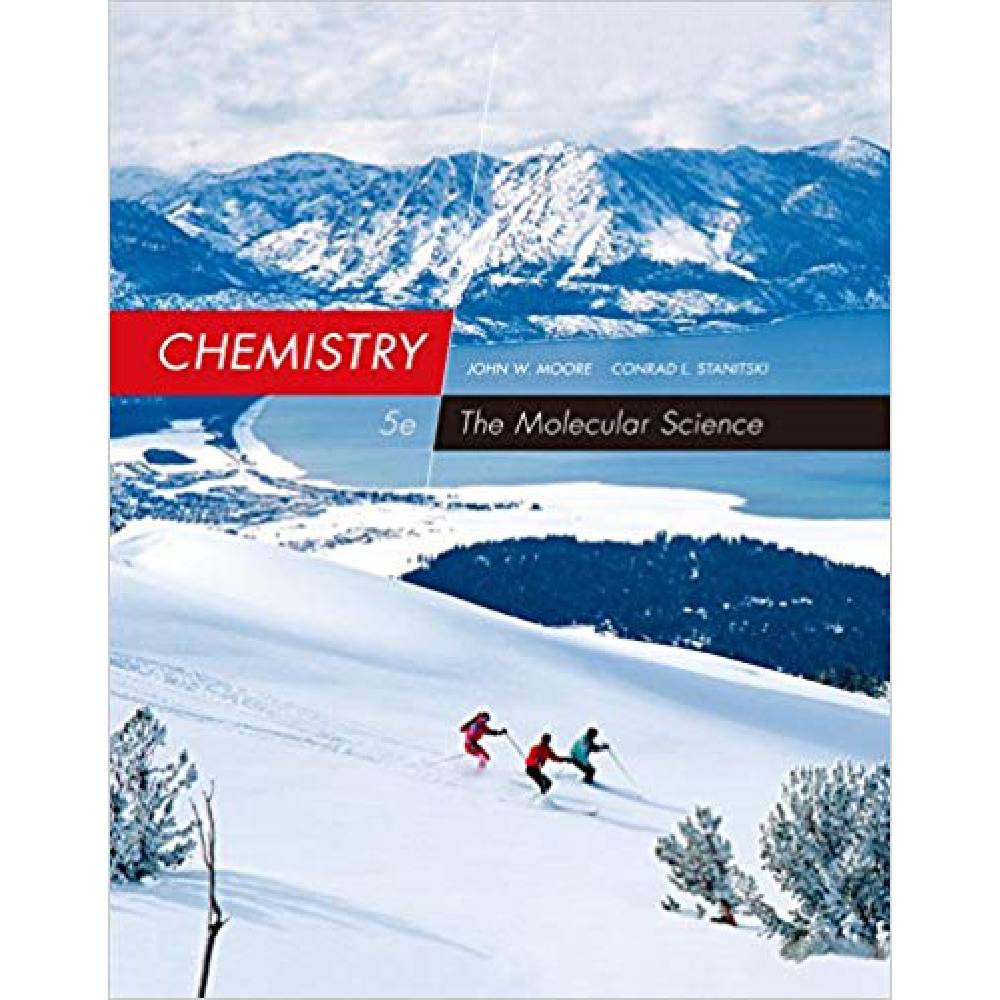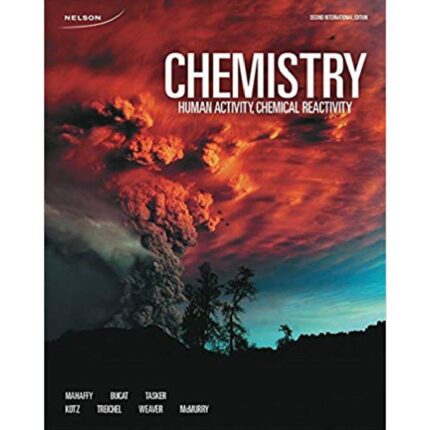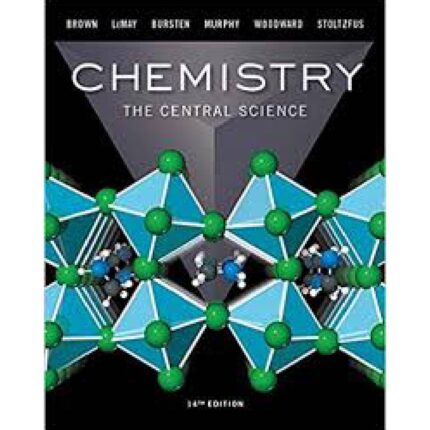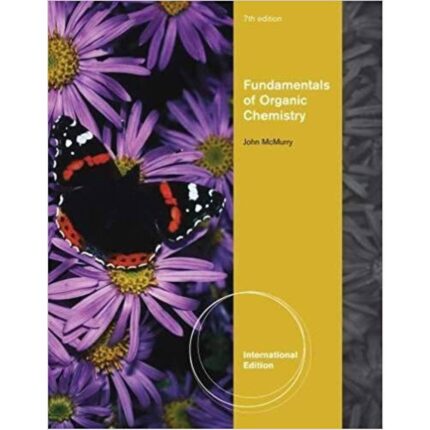1. Consider the hypothetical reaction
A + 3B 2C + D
The rate of reaction is _____ times [B]/ t and _____ times [C]/ t.
a. 1/2; −1/3
b. −1/3; 1/2
c. −2; −3
d. −1; 2/3
e. −1/2; −1/3
ANSWER: b
POINTS: 1
TOPICS: 11.1 Reaction Rate
OTHER: Application
NOTES: Solve problems using required skills or knowledge
2. Which of the following factors will affect the rate of a reaction only if it is heterogeneous?
a. the concentrations of the products
b. the concentrations of reactants
c. the temperature of the reaction system
d. the surface area of the reactants
e. the presence of catalysts
ANSWER: d
POINTS: 1
TOPICS: 11.1 Reaction Rate
OTHER: Comprehension
NOTES: Understanding information
3. Which of the following factors will affect the rate of a homogeneous reaction?
a. the temperature at which the reaction occurs
b. the properties (particularly, molecular structure and bonding) of reactants and products
c. the concentrations of the reactants and sometimes the products
d. the presence of a catalyst, and, if one is present, its concentration
e. all of these choices
ANSWER: e
POINTS: 1
TOPICS: 11.1 Reaction Rate
OTHER: Comprehension
NOTES: Understanding information
4. A heterogeneous reaction mixture may contain
a. only a gas phase and a solid phase.
b. a gas phase, a solid phase, and a liquid phase.
c. only a gas phase and a liquid phase.
d. only a solid phase and a liquid phase.
e. any of these choices.
ANSWER: e
POINTS: 1
TOPICS: 11.1 Reaction Rate
OTHER: Comprehension
NOTES: Understanding information
5. Which unit is appropriate for describing reaction rates?
a. kJ g−1
b. g L−1
c. °C min−1
d. M min−1
e. kJ mol−1
ANSWER: d
POINTS: 1
TOPICS: 11.1 Reaction Rate
OTHER: Comprehension
NOTES: Translate knowledge into new context
6. For the following reaction, if the rate of disappearance of O2 is 0.0450 mol L-1 s-1, what is the rate of formation N2O5(g)?
4 NO2(g) + O2(g) → 2 N2O5(g)
a. 0.0225 mol L-1 s-1
b. 0.0900 mol L-1 s-1
c. 0.0113 mol L-1 s-1
d. 0.0450 mol L-1 s-1
e. 0.180 mol L-1 s-1
ANSWER: b
POINTS: 1
TOPICS: 11.1 Reaction Rate
OTHER: Application
NOTES: Solve problems using required skills or knowledge
7. The rate of a chemical reaction may be expressed as
a. the instantaneous rate at some moment in time after the reaction has begun.
b. the average change in the concentration of a reactant or product over some unit of time.
c. the instantaneous rate at the very beginning of the reaction when time = 0.
d. any of these choices.
e. none of these choices.
ANSWER: d
POINTS: 1
TOPICS: 11.1 Reaction Rate
OTHER: Comprehension
NOTES: Understanding information
8. If a reaction is first-order with respect to each of its two reactants, then the rate of the reaction is
a. directly proportional to the concentration of one reactant and inversely proportional to the concentration of the other reactant.
b. unaffected by concentration as long as the concentrations of the two reactants are always equal to one another.
c. inversely proportional to the concentration of each reactant.
d. directly proportional to the inverse of the concentration of each of the two reactants.
e. directly proportional to the concentration of each reactant.
ANSWER: e
POINTS: 1
TOPICS: 11.2 Effect of Concentration on Reaction Rate
OTHER: Comprehension
NOTES: Grasp meaning
9. In a reaction that is first-order with respect to reactant A and second-order with respect to reactant B, the rate of the reaction
a. doubles with a doubling of the concentration of B.
b. is halved by a doubling of the concentration of B.
c. quadrupled by a doubling in the concentration of B while the concentration of A is held constant.
d. is tripled by any equal and simultaneous increase in the concentration of A and B.
e. doubles with a doubling of the concentration of either reactant.
ANSWER: c
POINTS: 1
TOPICS: 11.2 Effect of Concentration on Reaction Rate
OTHER: Analysis
NOTES: Seeing patterns
10. The rate of the chemical reaction involving two substances, A and B, is measured. It is found that if the initial concentration of A used is doubled, keeping the B concentration the same, the rate doubles. If the concentrations of both A and B are doubled, the rate is eight times that measured in the first experiment. The rate law for this reaction is rate =
a. k[A][B]2.
b. 2k[A][B].
c. k[A]2[B].
d. k[A][B].
e. k[A][B]/2.
ANSWER: a
POINTS: 1
TOPICS: 11.2 Effect of Concentration on Reaction Rate
OTHER: Application
NOTES: Solve problems using required skills or knowledge













Reviews
There are no reviews yet.